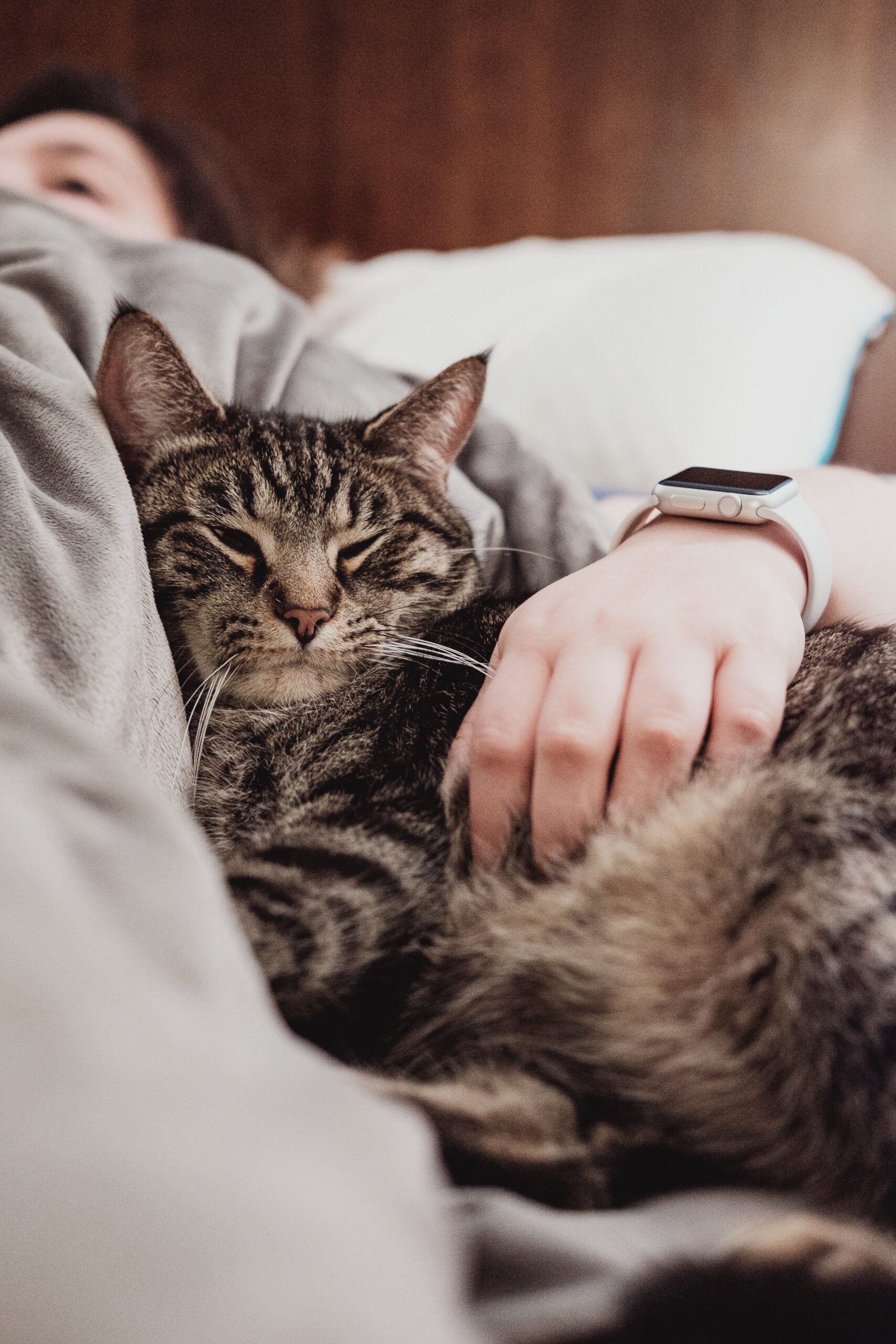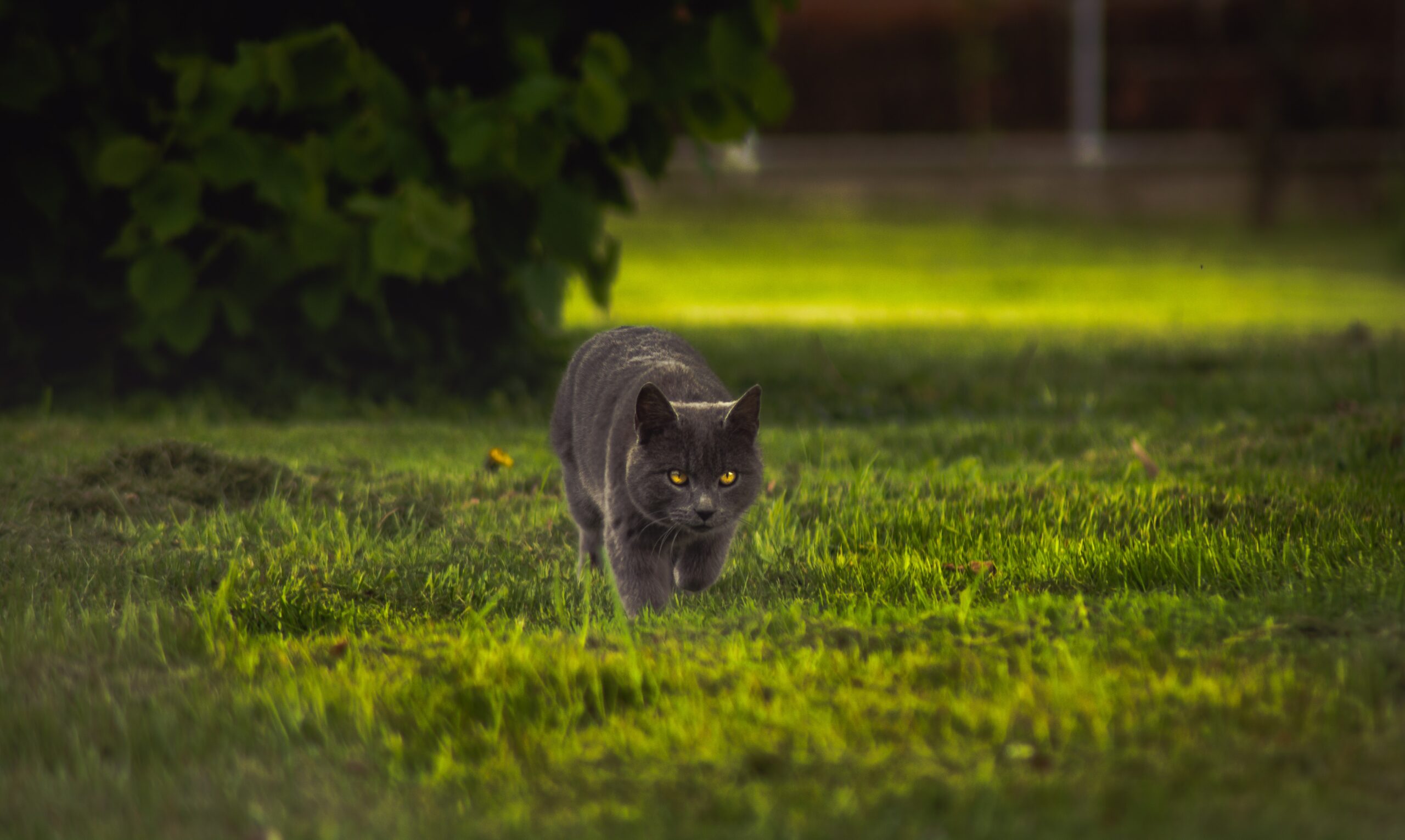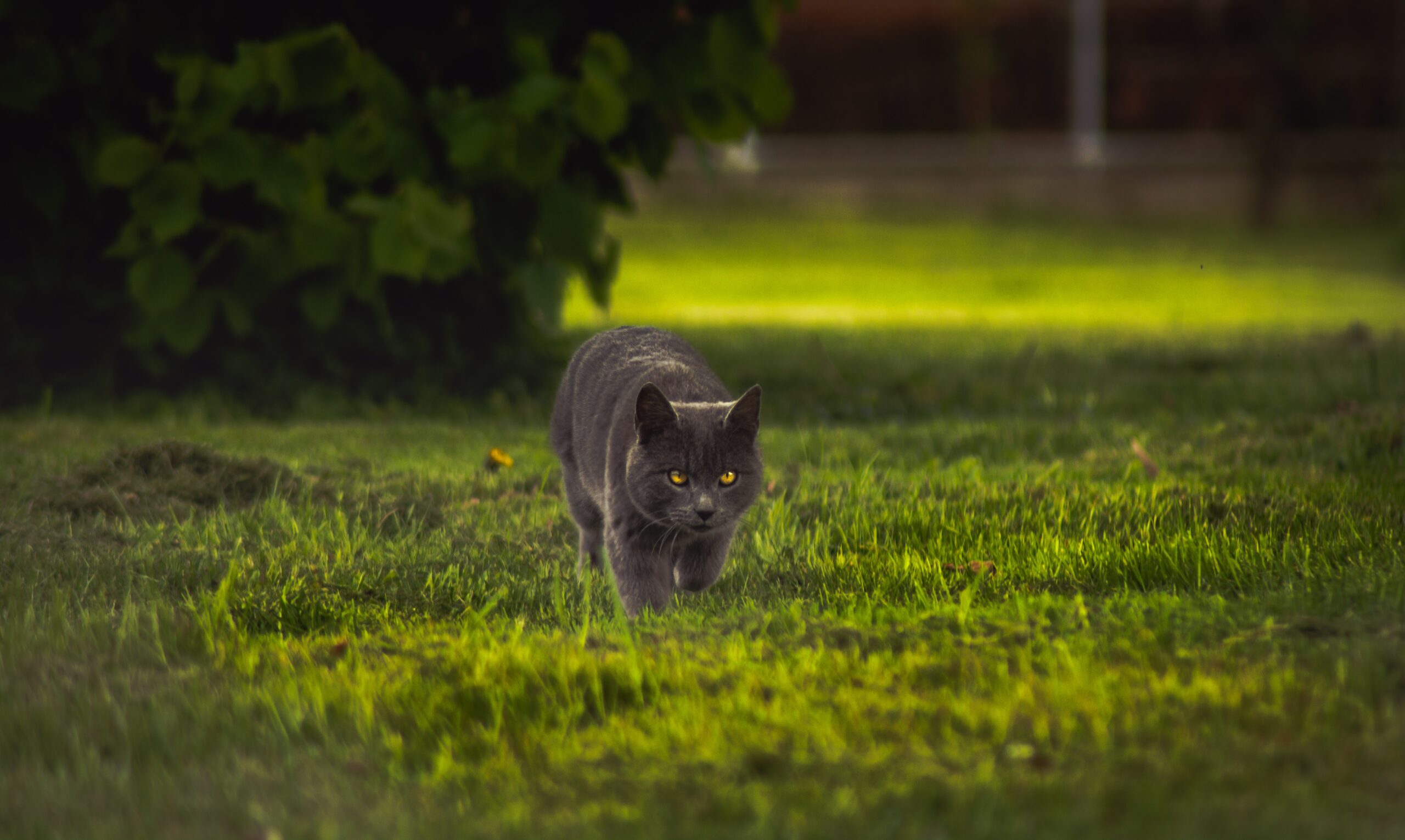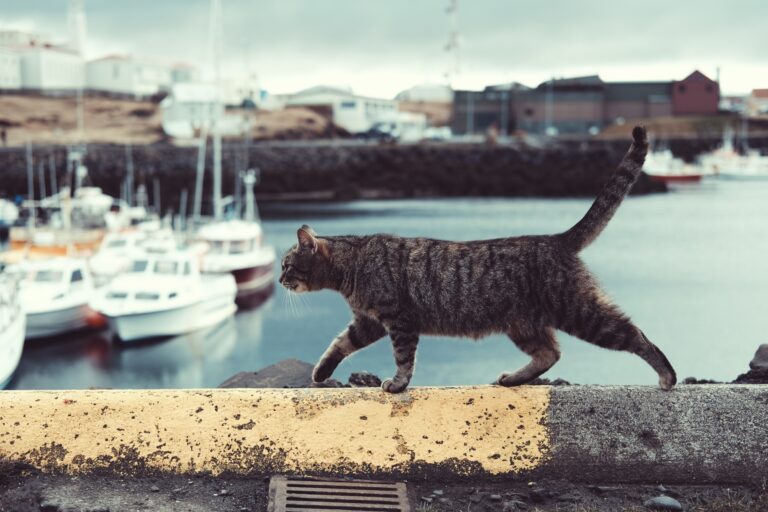How High Can A Cat Jump
I’ve always been amazed by the incredible agility and grace of cats, but have you ever wondered just how high these furry acrobats can jump? It’s truly fascinating to observe their seemingly effortless leaps and bounds, effortlessly reaching incredible heights. From my own observations, it’s clear that cats possess an innate ability to scale impressive obstacles and perch on the highest of places. Join me as we delve into the world of feline athleticism and explore just how high a cat can really jump.
Factors Affecting a Cat’s Jumping Ability
Muscle Strength
When it comes to a cat’s jumping ability, muscle strength plays a crucial role. Cats are known for their impressive and powerful leaps, and this is primarily due to the strength of their hind legs. The muscles in their hindquarters, including the hamstrings and quadriceps, are well-developed, allowing them to generate the explosive power needed to propel themselves into the air. Additionally, their flexible spine and strong core muscles contribute to their remarkable jumping ability.
Body Size and Weight
Another factor that influences a cat’s jumping ability is its body size and weight. Generally, smaller and lighter cats have an advantage when it comes to leaping. Their lighter body mass allows for more effortless maneuverability and greater vertical lift. Larger cats, on the other hand, may not be as agile in their jumps due to their increased weight. However, it’s important to note that individual variations in muscle strength and agility can also impact a cat’s jumping prowess.
Breed
Different cat breeds may exhibit variations in their jumping abilities. Some breeds are naturally more athletic and have been selectively bred for agility and leaping prowess. For example, the Abyssinian and Bengal breeds are known for their exceptional jumping capabilities. On the other hand, certain breeds may have physical traits or body shapes that limit their jumping ability. It’s essential to consider a cat’s breed when evaluating its potential for impressive jumps.
Age and Health
Age and health also play a role in a cat’s jumping ability. Kittens, with their boundless energy and lack of fear, often showcase remarkable jumping skills. As cats age, however, they may experience a decline in muscle strength and flexibility, which can affect their ability to jump as high. Additionally, underlying health conditions, such as arthritis or injuries, can impact a cat’s overall agility and jumping performance. Regular veterinary check-ups and appropriate exercise can help maintain a cat’s jumping ability and overall well-being.
Average Cat Jump Heights
Vertical Jump
Cats are astonishingly adept at vertical jumps, showcasing their remarkable leg power and agility. On average, a healthy adult cat can jump between 5 and 6 times its body length vertically. This means that a 10-pound cat, for instance, could easily clear a 50 to 60-inch fence with a vertical jump. It’s important to note that individual cats may exceed these averages, depending on factors such as breed, training, and athleticism.
Horizontal Jump
While cats are renowned for their vertical leaps, their horizontal jumping ability should not be underestimated. Cats have a remarkable ability to jump horizontally, thanks to their muscular hind legs and flexible spine. On average, a cat can jump about 2 to 3 times its body length horizontally. This means that a 10-pound cat would be able to cover a distance of approximately 20 to 30 feet in a single horizontal jump. These impressive feats of feline athleticism often leave us in awe of their natural abilities.

Extraordinary Jumping Feats by Cats
World Records
Cats have even achieved remarkable feats in the realm of record-breaking jumps. According to the Guinness World Records, the highest jump by a cat was achieved by an Australian domestic cat named “Didga.” Didga managed to leap an impressive 6 feet and 6.75 inches in 2015. This incredible achievement showcases the tremendous power and athleticism that some cats possess.
Jumping in the Wild
Even in the wild, where cats face numerous challenges and obstacles, they continue to display extraordinary jumping abilities. Wildcats, such as cheetahs and servals, are renowned for their exceptional leaping skills. Cheetahs, in particular, are known for their incredible acceleration and can achieve fantastic horizontal jumps of up to 22 feet. These wild feline species have evolved to maximize their jumping prowess, allowing them to navigate their natural habitats and secure their prey.
Comparison of Cat Jumping Ability with Other Animals
Relative Jumping Height
When comparing cats to other animals in terms of jumping height, they often outshine many of their counterparts. For instance, dogs, while generally excellent runners, may not possess the same vertical jumping ability as cats. Cats have a remarkable ability to spring upwards thanks to their powerful hind legs and flexible spines. Other animals may excel in different areas, such as sprinting or climbing, but when it comes to vertical jumps, cats are among the best.
Jumping Techniques
Cats have developed unique jumping techniques that contribute to their impressive ability. They employ what is known as a “pibroch” jump, where they crouch down and use their hind legs to propel themselves upwards. This technique allows them to generate a significant amount of force and achieve impressive heights. Additionally, cats utilize their tail for balance and as a counterweight during their jumps, enabling them to make precise and controlled landings.

Impressive Cat Jumping Videos
Online Videos
The internet is teeming with videos showcasing cats’ extraordinary jumping skills. Countless online platforms provide cat owners and enthusiasts with a wealth of entertaining and awe-inspiring footage. From leaping onto high shelves to effortlessly scaling trees, these videos serve as a testament to the incredible athleticism of our feline companions.
Viral Cat Jumping Clips
Some cat jumping videos have gained immense popularity and become viral sensations. These clips capture cats in action, displaying their incredible leaps and bounds. Whether it’s a daring jump across a wide gap or a graceful landing from a great height, these videos remind us of the awe-inspiring abilities that make cats such captivating creatures.
Training and Activities to Improve a Cat’s Jumping Ability
Training Techniques
While cats have an inherent talent for jumping, certain training techniques can help improve and refine their skills. One effective method is to use positive reinforcement and rewards to encourage cats to jump. Setting up enticing targets, such as elevated platforms or hanging toys, can motivate cats to jump towards them. Additionally, agility training courses specifically designed for cats can aid in enhancing their jumping prowess and overall agility. Proper training techniques, combined with patience and consistency, can help cats reach their full jumping potential.
Interactive Toys and Equipment
Interactive toys and equipment can also help cats develop and enhance their jumping skills. Toys that encourage cats to pounce and leap, such as feather wands or laser pointers, provide mental and physical stimulation while allowing cats to practice their jumping abilities. Cat trees and climbing structures offer cats opportunities to jump between different platforms and heights, providing exercise and promoting their natural instincts. Engaging cats in play and physical activities not only improves their jumping prowess but also strengthens the bond between cats and their owners.

Safety Considerations for High Jumping Cats
Preventing Accidents and Injuries
While cats’ jumping abilities are impressive, it’s essential to ensure their safety during high jumps. Providing a cat-friendly environment with sturdy furniture and secure perches can prevent accidents and falls. Regularly inspecting and securing windows, balconies, and other potential hazards can reduce the risk of injury. Soft landing surfaces, such as carpeted areas or strategically placed cushions, can minimize the impact on a cat’s joints and help prevent injuries. By taking these precautions, cat owners can create a safe environment that allows their feline companions to unleash their jumping prowess without compromising their well-being.
Creating a Cat-Friendly Environment
Creating a cat-friendly environment goes beyond safety considerations. Offering vertical spaces, such as tall cat trees or wall-mounted shelves, enables cats to satisfy their natural climbing and jumping instincts. Providing scratching posts and interactive toys encourages physical activity and mental stimulation, which ultimately contributes to a cat’s overall well-being. By promoting an environment that supports and encourages their natural behaviors, cat owners can enhance their cats’ jumping abilities while ensuring their happiness and satisfaction.
Understanding the Science Behind a Cat’s Jump
Mechanics of a Leap
To truly appreciate a cat’s jumping ability, it’s helpful to understand the mechanics behind their leaps. When preparing for a jump, a cat will lower its body close to the ground while simultaneously coiling its hind legs. This crouched position stores potential energy in the muscles. Once ready, the cat explosively extends its hind legs, propelling itself into the air. Mid-air, cats tuck in their front legs, rotating their body to ensure a smooth and controlled landing. These precise movements and the efficient transfer of energy allow cats to achieve their remarkable jumps.
Musculoskeletal Adaptations
Cats’ musculoskeletal system is uniquely adapted to support their jumping ability. Their leg bones are long and slender, providing maximum leverage for powerful movements. Elastic tendons and ligaments allow for efficient energy transfer, while strong muscles provide the force needed for explosive jumps. The feline spine is exceptionally flexible, thanks to additional vertebrae and specialized muscles, enabling cats to bend and twist their bodies mid-jump. These anatomical adaptations work together to create the agile and athletic creatures we observe in cats’ impressive leaps.
Frequently Asked Questions about Cat Jumping
Can all cats jump the same height?
Not all cats can jump the same height, as various factors can influence their jumping ability. Factors such as muscle strength, body size and weight, breed, age, and health all play a role in determining how high a cat can jump. While certain breeds may have inherent advantages in jumping, individual cats within those breeds can still exhibit variations in their jumping prowess.
How can I help my cat improve its jumping?
To help your cat improve its jumping, you can engage in specific training techniques. Utilizing positive reinforcement and enticing toys or targets can encourage cats to practice their jumping skills. Creating an environment that promotes physical activity, such as providing cat trees or interactive toys, also aids in improving a cat’s jumping ability. Additionally, ensuring your cat receives regular exercise and maintaining its overall health can contribute to its jumping prowess.
Why does my cat sometimes miss its landing?
Cats are generally excellent at precise landings, thanks to their remarkable agility and coordination. However, there may be instances where a cat misses its landing. This can be due to various factors, such as misjudging the distance or angle of the jump, distractions during the jump, fatigue, or physical discomfort. If you notice persistent issues with your cat’s landing, it’s advisable to consult a veterinarian to rule out any underlying health concerns.
Is it normal for a cat to land on its hind legs?
Yes, it is normal for a cat to land on its hind legs after a jump. Cats have a flexible spine and strong hind legs that allow them to absorb the impact of a jump efficiently. By landing on their hind legs, cats can distribute the force evenly and minimize the strain on their bodies. This landing technique helps protect their joints and prevents injuries. However, cats can also land on their front legs or all paws simultaneously, depending on the circumstances and the distance of the jump.
Conclusion
Cats possess an incredible natural ability for jumping, showcasing their athletic prowess and agility. From their impressive muscle strength and unique anatomical adaptations to their precise landing techniques, cats are true masters of the leap. While factors such as breed, age, and health can influence their jumping capabilities, every cat has its individual potential for extraordinary jumps. By understanding and appreciating the science behind a cat’s jump and providing a supportive environment, we can encourage and foster their natural abilities while ensuring their safety and well-being. So, let us continue to marvel at our feline friends’ remarkable jumping feats and celebrate their unique talents.







